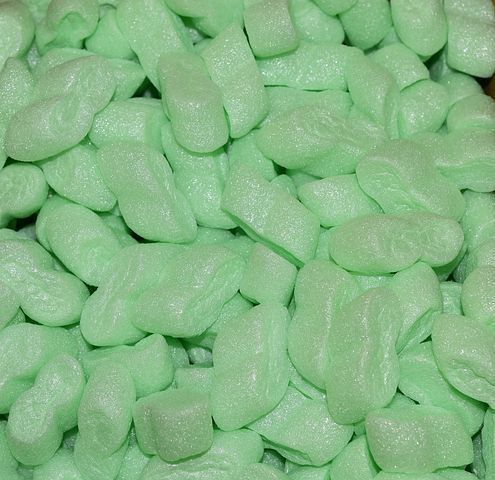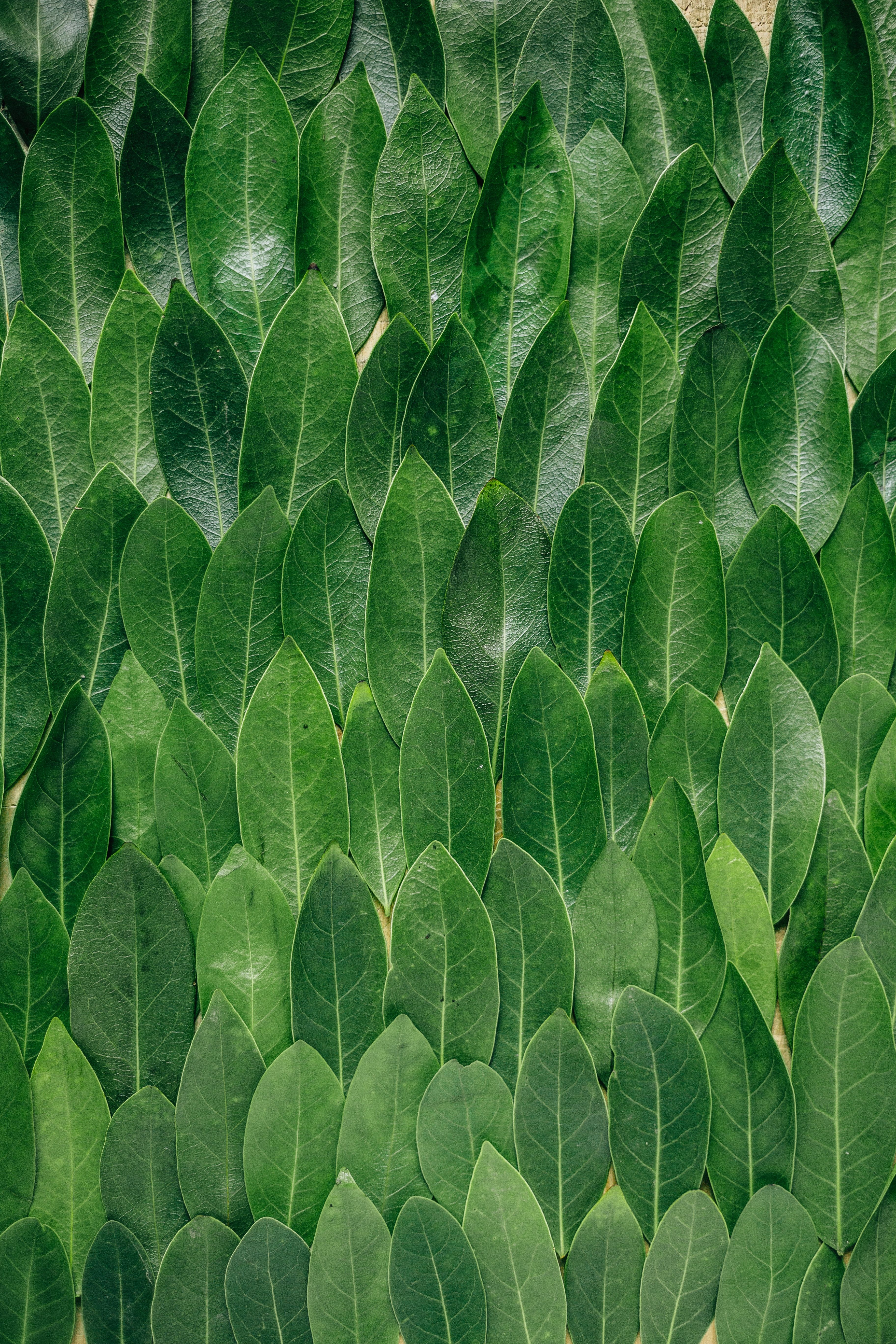
Saturdays with Shavara
The Peculiar Plight of Packaging
Salutations dear green friends and welcome back to another Saturday with Shavara! These last few months have been a whirlwind of days spent inside, virtual learning and cancelled plans. The other big change has been the amount of online orders for basic necessities that have taken the place of traditional shopping trips that occur in person. I of course started thinking just how much of a negative impact all the extra packaging going out to make these deliveries happen was causing. Feeling rather guilty as I received yet another long-awaited package from amazon, I began to wonder what steps I could take as a consumer. My next though being what steps companies needed to take as producers to offset the wave of online shoppers and the residual effects of all the packaging being accumulated.
I don’t want to dive too far into this post without quickly covering what I mean by packaging; any material used to present goods, contain them or provide safe shipping and handling (which is a lot of stuff!). Of the various ways packaging is used there is one thing they all have in common, and that is that 91% of it still makes its way to landfills. Many of you know by now that I love throwing statistics at you and this next one is rather shocking with 1.9 million tons of packaging waste produced per year the impact on our environment is equivalent to close to 900,000 cars on the road. Beyond the pollution packaging causes there is the other issues of wasted resources to produce them. Most of us believe it is better to use paper or cardboard because they both derive from trees, which is a renewable resource that biodegrades and is relatively easy to recycle. Plastic, on the other hand derives from a non-renewable resource; crude oil and gas, never biodegrades and is difficult to recycle. There is however one thing that remains the same for both types of packaging… waste is produced.
Packaging in general is responsible for roughly a third of all municipal waste in the U.S., with that number only increasing with so many of us shopping online and receiving packages almost as regular as we do mail. It is my belief that the responsibility of decreasing the waste associated with packaging falls on both producers and consumers, as I’ve often stated in my post, companies will only make what consumers buy. The question then is, what can we as consumers do to combat this steadily growing problem?
The first thing we can do is only purchase products that don’t use unnecessary packaging, which piggybacks off the idea that manufacturers will only make what consumers will buy. We can also opt for products that are packaged in environmentally friendly materials, ones we know are easily recycled or reused. Some companies provide an option at checkout to delay shipping in order to combine orders for fewer boxes upon delivery, like Amazon. Cardboard boxes in general are currently in high demand to be recycled into new material, which means consumer also need to be responsible for the entire lifecycle of the box by recycling often and responsibly. Whenever possible we should avoid plastic packaging as it will always and forever be around once produced, and shockingly has a CO2 footprint 12 times higher than that of cardboard or paper.
Ultimately reduction is key but being a mindful consumer can put pressure on companies to be just as mindful as we are when it comes to protecting the environment. With packaging of any kind coming with waste it is important that we first eliminate what we don’t need entering into the waste stream by practicing the tried and true three R’s; Reduce, Reuse, Recycle right and often. Until next time green friends!
KOB’s very own Content Writer,
Shavara J.
References,




